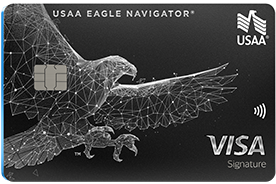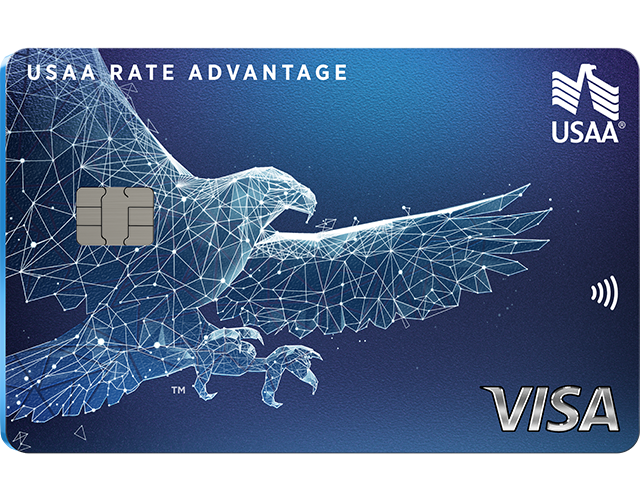Is the Capital One Venture Worth It?

The Capital One Venture Rewards Credit Card is my go-to recommendation for a starter travel credit card. It has a relatively modest annual fee of $95, and its earning scheme is easy to understand even for points-and-miles beginners. Simplified earning, valuable redemptions and travel benefits make it easy to justify this cost for the right cardholder.
Still, infrequent travelers may be better off with a cash-back credit card, while ultra-frequent travelers and points enthusiasts can get more value out of a luxury premium travel card with a higher annual fee and more benefits.

400+ Credit Cards
Analyzed independently across 50+ data points in 30+ product categories

Reviewed
By a team of credit card experts with an average of 9+ years of experience

Trusted by
More than one million monthly readers seeking unbiased credit card guidance
CardCritics™ editorial team is dedicated to providing unbiased credit card reviews, advice and comprehensive comparisons. Our team of credit card experts uses rigorous data-driven methodologies to evaluate every card feature, fee structure and rewards program. In most instances, our experts are longtime members or holders of the very programs and cards they review, so they have firsthand experience maximizing them. We maintain complete editorial independence — our ratings and recommendations are never influenced by advertiser relationships or affiliate partnerships. You can learn more about our editorial standards, transparent review process and how we make money to understand how we help you make informed financial decisions.
Quick Verdict
The Capital One Venture Card can absolutely be worth it, especially if you are new to the travel credit card scheme and want to start racking up miles without a lot of time investment or strategic spending. The Venture Card’s annual fee is a manageable $95, and the perks and earnings can offset the cost.
This was my very first travel credit card, and I got a ton of value out of it. The welcome bonus alone bought me a plane ticket and part of an Airbnb stay in Iceland, where I soaked in hot springs and hiked to some of the most beautiful waterfalls I’ve ever seen. And my trip was easier too, because the Venture Card’s benefits include a credit of up to $120 for Global Entry or TSA PreCheck. The card’s 2x Capital One miles on general purchases also made earning plenty of rewards a breeze, as I used the card for the majority of my everyday spending.
That said, the Venture Card doesn’t make sense for everyone. While the Global Entry or TSA PreCheck application fee credit completely wipes out the card’s annual fee, it is only applicable every four years. In the meantime, you’ll need to earn enough travel miles to make the annual fee worth it — and have cause to spend them. If you rarely travel, odds are you won’t get the best value out of this card.
Capital One Venture: At a Glance
- Annual fee: $95
- Welcome offer: Enjoy a one-time bonus of 75,000 miles once you spend $4,000 on purchases within 3 months from account opening, equal to $750 in travel.
- Rewards structure: Earn 5X miles on hotels, vacation rentals and rental cars booked through Capital One Travel. Earn unlimited 2X miles on every purchase, every day.
- Statement credits and perks: Up to $120 statement credit for Global Entry or TSA PreCheck application fee every four years, complimentary Hertz Five Star elite status* (enrollment required), $50 experience credit on Lifestyle Collection hotel stays
Who Should Consider Capital One Venture?
I’d recommend the Capital One Venture Card to anyone interested in earning travel rewards. I find that the 2x earning on everyday purchases makes it easy to rack up miles — and you don’t have to keep track of spending categories. Capital One miles are very flexible, too. You can redeem them for the same value whether you spend on travel in the Capital One Travel portal or on another site.
If you’re looking to dip your toe in travel credit card earnings without too much of a learning curve, it’s easy to earn enough miles on the Venture Card to justify its annual fee.
Who Should Skip Capital One Venture?
The Capital One Venture Card is a great entry-level travel card, but it doesn’t make sense for users who either rarely travel or travel very frequently. If you don’t travel much, then you won’t get much use out of the card’s miles. That’s because the value of Capital One miles changes based on how you redeem them, and non-travel redemptions are worth far less. Cash back redemptions, for instance, get you a value of 0.5 cents per mile, compared to 1 cent per mile for travel redemptions. Plus, perks like a TSA PreCheck statement credit aren’t as valuable if you don’t fly.
If you travel all the time, you may get even more value from a luxury travel card, like the Capital One Venture X Rewards Credit Card. While it has a much higher annual fee of $395, it also has more travel benefits and credits.
How To Maximize Capital One Venture’s Value
The good news is that the flexible earning scheme on the Capital One Venture Card makes it easy to maximize. You don’t have to worry about strategically spending in specific bonus categories to earn a high number of miles. Instead, just use the card for all Capital One Travel purchases plus everyday spending.
Redeeming your miles is where strategy comes in. Capital One miles are flexible and have a high value for travel redemptions made in the Capital One Travel portal, as well as any other platform. You’ll get a reliable value for any travel redemptions.
However, you could potentially stretch your Capital One miles further by taking advantage of Capital One’s travel transfer partners. Most partners have a 1:1 ratio for Capital One miles to partner miles. And since some airline redemptions have a higher point value, you could get more for your rewards. I recently used 47,000 Capital One miles transferred to Cathay Pacific for a flight from Hong Kong (HKG) to Austin (AUS), which would have cost about $1,000 if I’d paid out of pocket. That’s more than 2 cents per mile in value, where standard Capital One travel redemptions only get 1 cent. Just keep in mind that this kind of redemption takes some hunting to find, and being flexible with your travel plans can help with scoring the best deals.
Final Verdict on the Capital One Venture
The Capital One Venture Card is absolutely worth it for the right kind of cardholder. Its flexible earning and redemption scheme means it has a low barrier to entry for new travel cardholders. Plus, the $95 annual fee is easy to cover with card benefits and rewards.
However, if you’re ready to level up your travel card earnings, another card might make more sense for you. Premium travel cards offer more comprehensive sets of perks and credits that suit ultra-frequent travelers.
*Upon enrollment, accessible through the Capital One website or mobile app, eligible cardholders will remain at that status level through the duration of the offer. Please note, enrolling through the normal Hertz Gold Plus Rewards enrollment process (e.g. at Hertz.com) will not automatically detect a cardholder as being eligible for the program and cardholders will not be automatically upgraded to the applicable status tier. Additional terms apply.
For Capital One products listed on this page, some of the benefits may be provided by Visa® or Mastercard® and may vary by product. See the respective Guide to Benefits for details, as terms and exclusions apply.
Frequently Asked Questions About the Venture Card
What are the cons of the Capital One Venture Card?
The Capital One Venture Card has a lower annual fee than many other travel credit cards, but it also offers fewer benefits. While it does include a statement credit for your TSA PreCheck or Global Entry application fee every four years, it doesn’t offer other travel credits or airport lounge access. Your Capital One miles are also worth less when you redeem for non-travel purchases, like cash back or gift cards.
How much is 100,000 Capital One miles worth?
It depends on how you redeem them. If you redeem your Capital One miles for travel — either on the Capital One Travel portal or on another platform — they are worth 1 cent each. In that case, 100,000 miles would be worth $1,000 in travel purchases. Other redemption options may get you less value, and transfers to Capital One’s partners to book award travel may get you a higher rate of return.
Is the Capital One Venture a luxury card?
The Capital One Venture Card is considered a mid-tier travel credit card. That is because it has a relatively modest annual fee of $95. Other options, like the Capital One VentureOne Rewards Credit Card, have no annual fee. The Capital One Venture X, which has a $395 annual fee, is a luxury credit card.













